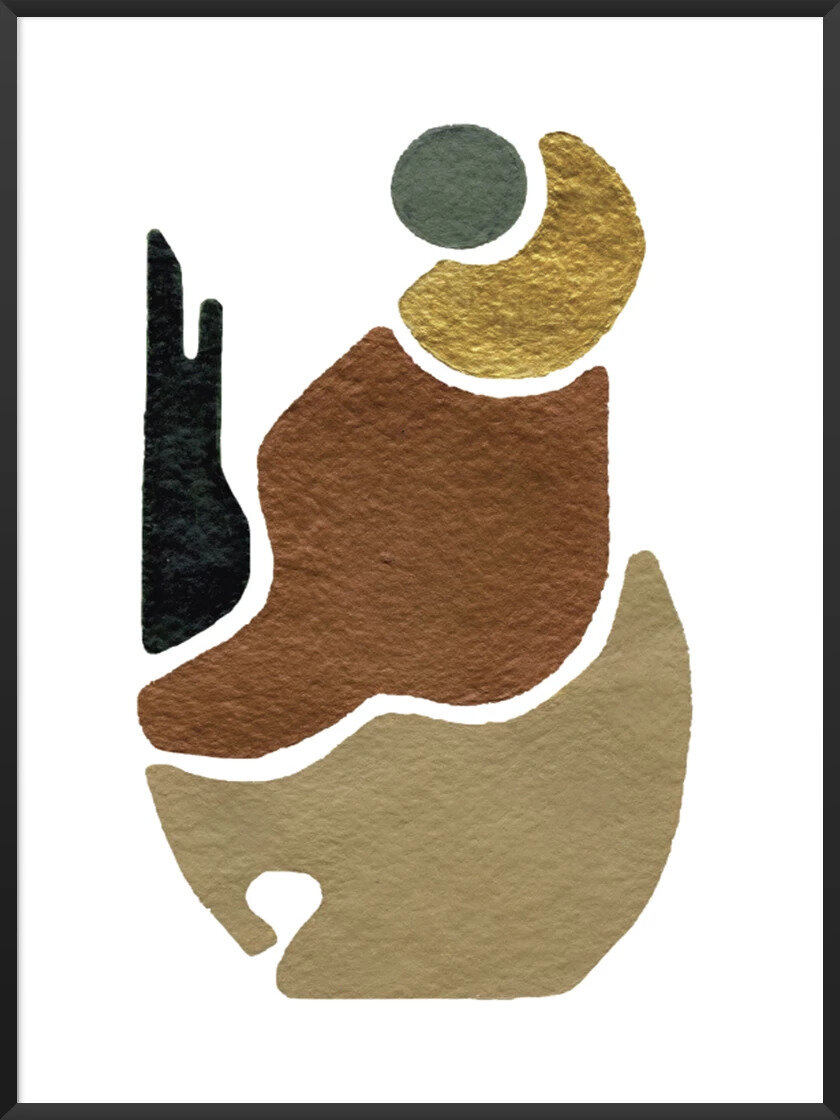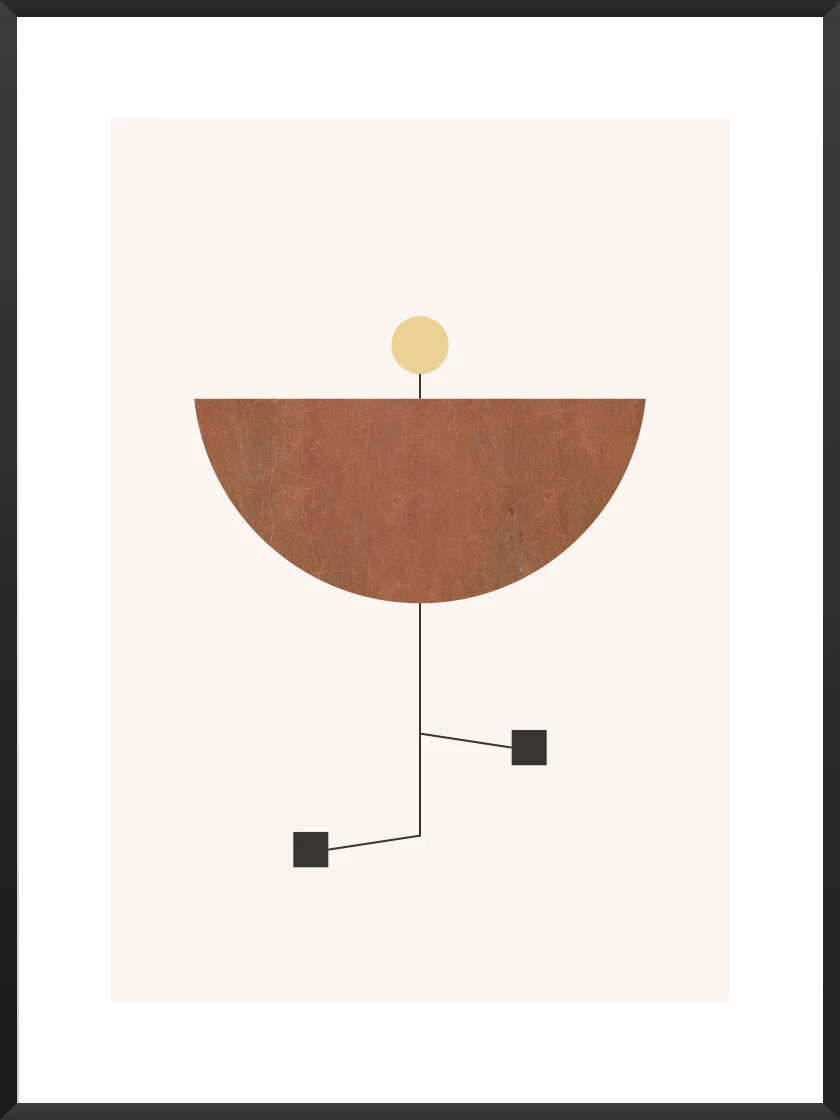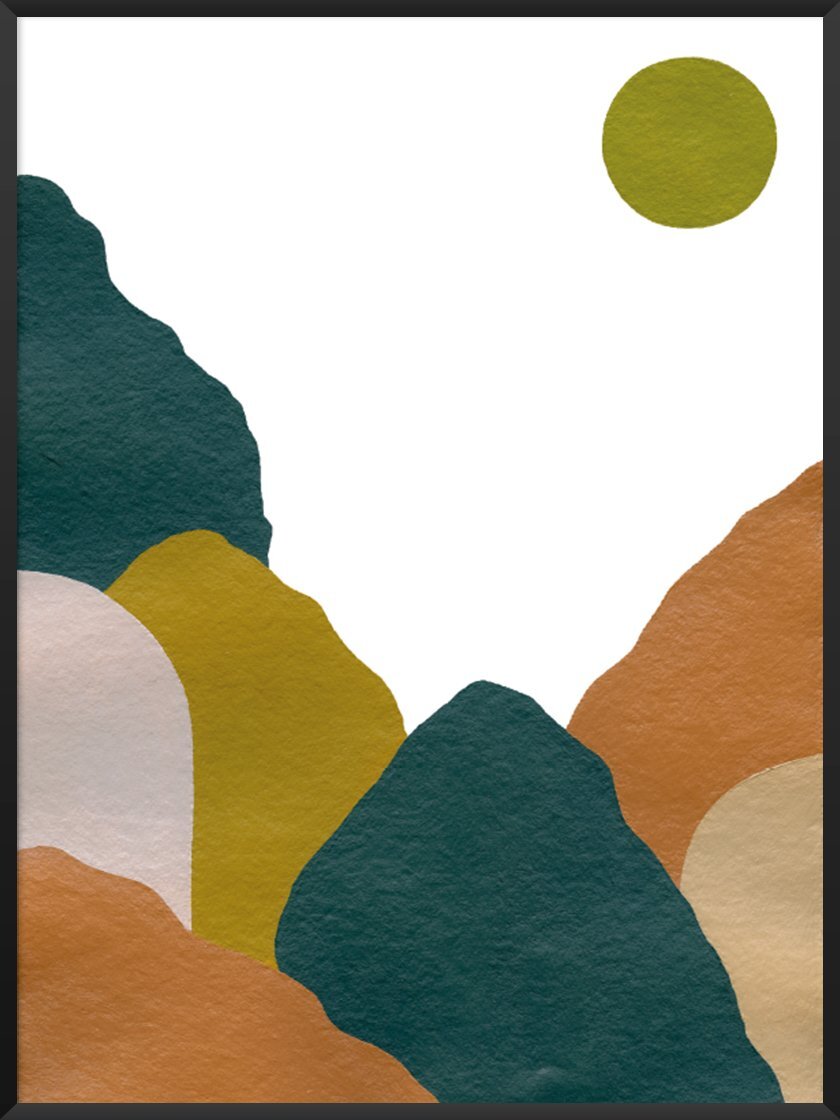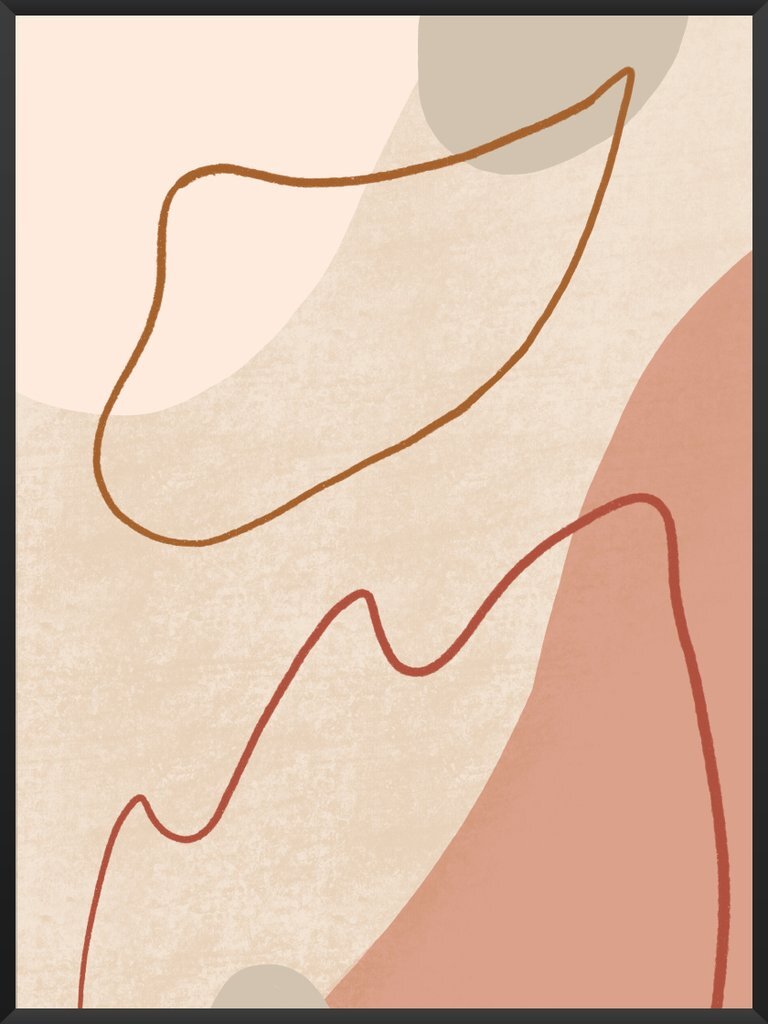What is Halloween and Fastelavn All About?
It’s that time of year again, time to get spooky!
Halloween is celebrated the world over. There are things we all associate with the 31st October - ghosts, witches, pumpkins! But, where did these traditions come from? It’s time to find out! And, as Project Nord is a Danish company, we want to tell you about Fastelavn, Halloween’s Danish counterpart! The holidays share some of the same traditions - here in Denmark you get two chances a year to dress up!
So, strap in, because things are about to get creepy!
What is the origin of Halloween?
Nowadays, Halloween feels like it’s linked to capitalism more than it is to tradition. But, did you know that its roots go way back to over two thousand years ago?
Many believe that Halloween has evolved from the Celtic festival of Samhain, pronounced ‘sow-in’. Samhain was also celebrated on the night of October 31st, the date of Halloween.
So, what did Samhain represent? For the Celts, this day marked the end of summer and the beginning of winter. During this liminal night, between seasons, they believed that the dead had the power to return to earth.
Thanks to the presence of spirits, they also believed that Celtic priests were able to look into the future. Predictions were made and shared in the hope that they’d help people through the dark months of winter.
On the night of Samhain, communities lit huge bonfires. At the end of the festivities, each household would take some embers and start their own fires to keep warm. It was also common to dress up as animals and monsters on this night. This way, passing spirits wouldn’t be tempted to kidnap people.
Over the centuries, the day of Samhain picked up other traditions and they were rolled into one. It’s amazing to notice the links we still have to this Celtic festival which have been maintained for two millennia!
What’s the link between Halloween and All Saints Day?
All Saints Day, celebrated on November 1st, actually came after Halloween was already celebrated!
On May 13th, 609 A.D, Pope Boniface IV dedicated the Pantheon in Rome to all Christian Martyrs and Saints. Interestingly, this dedication also converted the Pantheon from a temple into a church. In the years that followed, the day to celebrate Martyrs and Saints was moved to November 1st. Some speculate that it was relocated to put a Christian stamp on the pagan 31st October celebrations.
One thing that All Saints Day did do was give Halloween its name. In Middle English, All Saints Day was called ‘All-hallows’ or ‘All-hallowmas’. As is tradition, the night before was called its ‘eve’. And so, the night of Samhain was called ‘All-Hallows Eve’ and, then, Halloween!
Why do we dress up in Halloween costumes and go trick or treating?
As we mentioned, dressing up on 31st October is linked back to Samhain. But, since then, dressing up and trick or treating always come together. So, where did this halloween tradition come from?
Unfortunately, trick or treating has dark origins. In the Middle Ages, children and poor adults would dress as angels and demons and go from house to house. They would beg for money or food in exchange for a prayer and begged on behalf of the dead. This practice was called ‘souling’.
As time went on, the tradition lost its religious connections and became a bit mischievous instead. Some argue that trick or treating was a way to make Halloween more about the community. As vandalism had been rising on this night, trick or treating was a way of bartering with neighbours.
What type of food is eaten on Halloween?
There are a number of foods we associate with Halloween. Here’s a rundown of the most popular ones!
The Halloween pumpkin
After Samhain festivities, people wanted to get home safe. So, they lined their paths with pumpkins stuffed with candles. The faces were designed to ward off evil spirits.The tradition stuck and now they’re used as Halloween decorations worldwide! People often make a meal with the hollowed out pumpkin to use the scraps.Bobbing apples
Bobbing apples are a great example of how Halloween has mixed with other festivals. When the Roman Empire swept through Europe, their festivals blended with others. In late October, the Romans honoured Pomona, the Roman goddess of fruit and trees. Her symbol is the apple, which is probably why apples have been incorporated into Halloween festivities to this day.Soul cakes
Again, soul cakes are thought to have pagan roots, but were later adopted by the Christian church. During Samhain celebrations, cakes were made to offer to spirits. By the eighteenth century, they were offered to beggars on All Hallows Eve as a way to save your own soul. Nowadays, they’re still eaten around this time of year, often made using whatever grain is readily-available in the region.
One thing’s for sure, celebrating Halloween is here to stay! Why not decorate your house to suit the spooky time of year with some autumnal posters?
Now you know all about Halloween, learn more about the Danish festival Fastelavn!
What is Fastelavn?
Fastelavn is a Danish festival, sometimes referred to as the Danish Halloween. Fastelavn 2020 falls on Sunday 23rd February. Although this celebration is at a different time of year, it shares some traditions with its better known counterpart.
Fastelavn is connected with Easter celebrations and comes just before Lent. As a goodbye to eating good food before the fast of Lent, people would feast on this day. Over the years, the tradition has changed and is now mostly enjoyed by children.
How are Fastelavn and Halloween similar?
The main similarity between the festivals is that they both have links with warding off evil spirits. Just like Halloween, children walk around in Fastelavn costumes on this day to scare away anything that might be lurking in the dark.
Another fastelavn tradition involves hitting a ‘cat out of the barrel’. Nowadays, children use a stick to hit a piñata-type barrel containing sweets. When this exercise was first created, a real black cat inside the barrel symbolised evil and death. Hitting the fastelavn barrel was meant to safeguard people from those evil spirits!
Food is also given out on this day, particularly fastelavn buns. They’re sweet, bready buns, often filled with cream or jam. This tradition is linked back to the day’s roots in feasting. Sweet treats seem like a great way to feast!
All that’s left for us to say is ‘Happy Halloween!’ We hope you enjoy your spooky celebrations, especially as you now know where they come from! Thanks to this article, you also have Fastelavn to look forward to as well!
If you’d like to get super festive, take a look at our Autumn Collection! It’s the perfect way to celebrate this cosy time of year.
Written by Jessica Slater
Images sourced from Upsplash and the Project Nord website.








